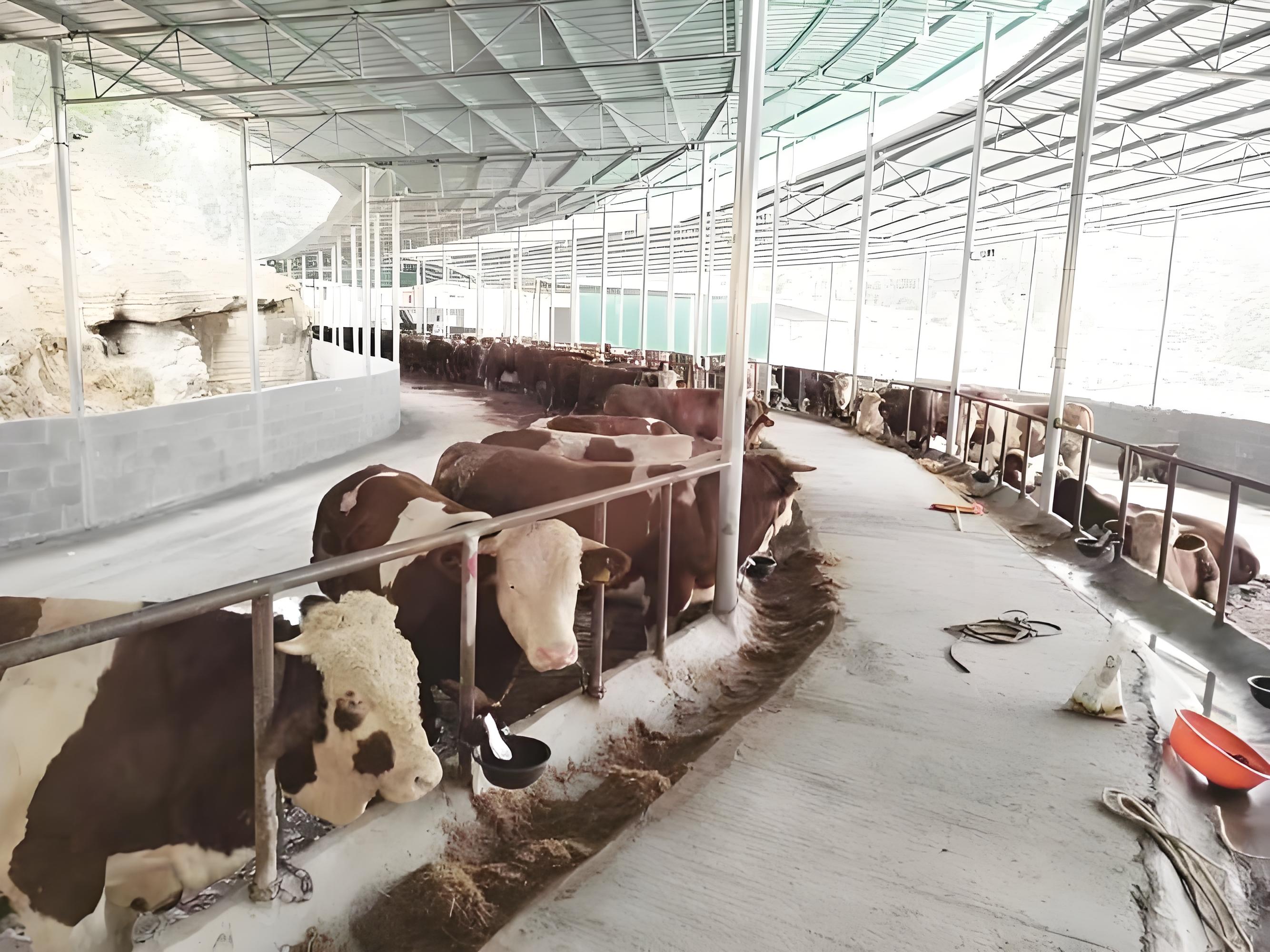The formation and development of the corpus luteum in cows can be observed by B-ultrasound. The follicles that are close to maturity become larger in volume and thinner in wall due to the continuous increase of follicular fluid. Some of the follicles protrude from the surface of the ovary, and the protruding part of the follicular membrane shows oval transparent small areas called small spots. At this time, the activity of collagenase in the follicular fluid and follicular wall increases, decomposing the white membrane of the follicular wall and ovary. The small spots first rupture, and the egg cells and surrounding corona are discharged together with the follicular fluid, completing the ovulation process.

After ovulation, it can be observed by B-ultrasound in cows that the follicular wall collapses and forms folds (folds already appear in mature follicular walls in pigs and cows before ovulation). The blood vessels of the follicular membrane are damaged and bleed, filling the follicular cavity with blood and some serous fibrous fluid, called the red body. As the basement membrane disintegrates, blood vessels in the follicular endometrium proliferate and extend into the granulosa layer, gradually absorbing blood. Under the action of LH secretion from the anterior pituitary gland, granulosa cells enlarge and become polygonal, with lipid granules appearing in the cytoplasm, forming granulosa corpus luteum cells; The follicular endometrial cells also undergo similar changes, forming membrane-bound corpus luteum cells with smaller volume and darker nuclear and cytoplasmic staining. At this time, the red body composed of blood clots transforms into corpus luteum. Membranous luteal cells are mostly located around the trabeculae or periphery of the corpus luteum formed by connective tissue. Luteal cells are arranged in clusters or cords, with connective tissue rich in capillaries sandwiched between them. The outer membrane of the follicle wraps around the periphery of the corpus luteum, forming the corpus luteum membrane.
After the formation of the corpus luteum, it develops rapidly. If not pregnant, the corpus luteum gradually degenerates, and this type of corpus luteum is called the periodic corpus luteum. If pregnant, the corpus luteum will continue to maintain its size and secretion function throughout the pregnancy, which is called the pregnancy corpus luteum. There are significant differences in the observation of the corpus luteum during pregnancy and the corpus luteum during B-ultrasound in imported cattle using Boxiang BCF.
The formation of the corpus luteum begins after ovulation, initially forming a red body, and on the third day, the red body transforms into a new corpus luteum. The corpus luteum further develops, and through imported animal B-ultrasound observation, the corpus luteum volume reaches its maximum from lld to 15d. Then it stops developing and gradually degenerates, with significant degeneration at 16 days.
tags: B-ultrasoundanimal B-ultrasound


